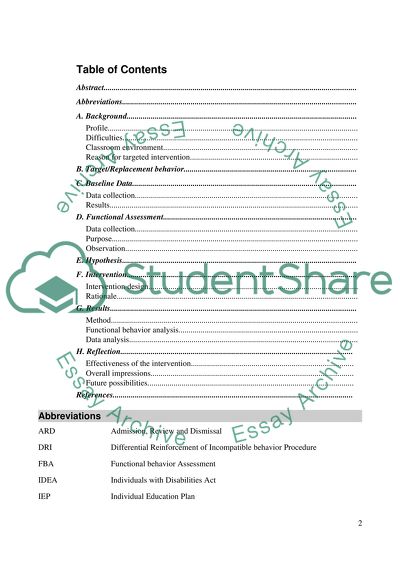Cite this document
(“Behavior intervention Research Paper Example | Topics and Well Written Essays - 1750 words”, n.d.)
Behavior intervention Research Paper Example | Topics and Well Written Essays - 1750 words. Retrieved from https://studentshare.org/education/1634149-behavior-intervention
Behavior intervention Research Paper Example | Topics and Well Written Essays - 1750 words. Retrieved from https://studentshare.org/education/1634149-behavior-intervention
(Behavior Intervention Research Paper Example | Topics and Well Written Essays - 1750 Words)
Behavior Intervention Research Paper Example | Topics and Well Written Essays - 1750 Words. https://studentshare.org/education/1634149-behavior-intervention.
Behavior Intervention Research Paper Example | Topics and Well Written Essays - 1750 Words. https://studentshare.org/education/1634149-behavior-intervention.
“Behavior Intervention Research Paper Example | Topics and Well Written Essays - 1750 Words”, n.d. https://studentshare.org/education/1634149-behavior-intervention.


